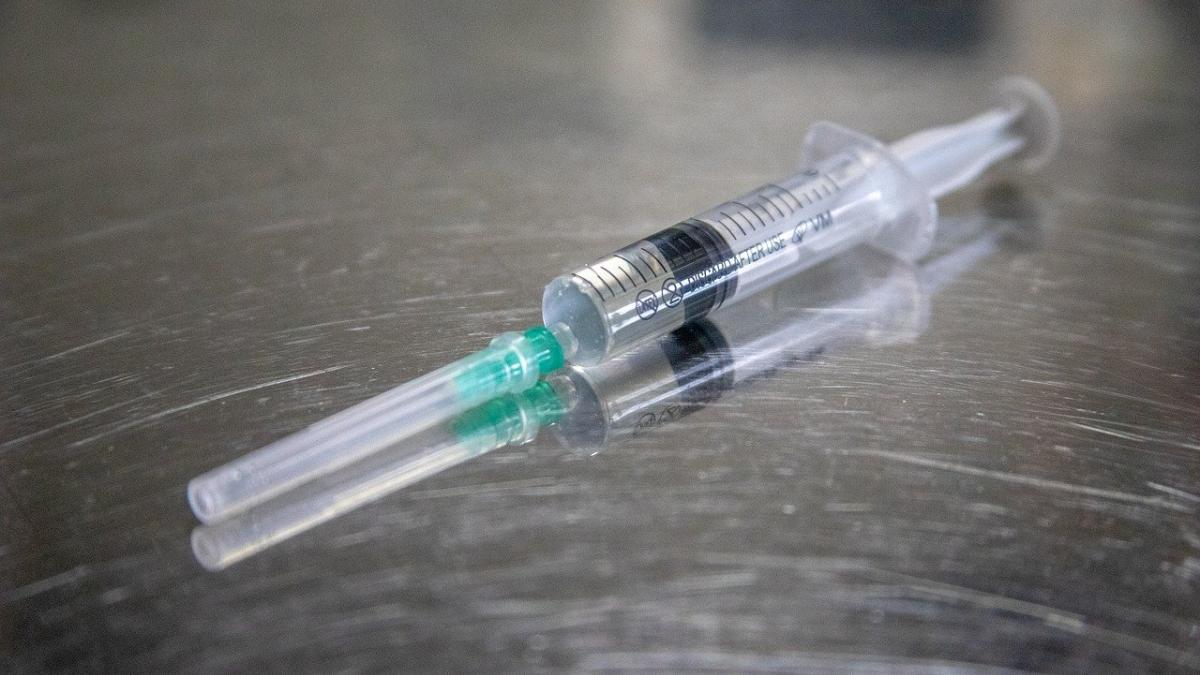Injection therapy for therapeutic purposes is within the scope of physiotherapy practice.

Injection therapy may be used to treat:
- Inflammatory pain from a range of orthopaedic and rheumatological conditions
- Spasticity and dystonia from a range of neurological conditions
- Chronic headache of musculoskeletal or neurological origin.
- Some bladder disorders in women's health physiotherapy
Therapeutic injection therapy does not include:
- Vaccinations
- Subcutaneous, syringe driver and intra-venous injections
- Cosmetic injections
- Regional and general anaesthesia including peripheral nerve block
Key facts
- CSP members must undertake injection therapy training that meets the CSP educational expectations.
- You must consider which medicines framework you will use when practising injection therapy.
- If you need to prescribe medicines for injection therapy you must also complete an HCPC approved prescribing course.
Frequently asked questions about injection therapy
How can I train to be an injection therapist?
Physiotherapists who wish to use therapeutic injection therapy as part of their practice should demonstrate that their education and training in injection therapy meets CSP expectations . Members are required to complete 150 hours of training including supervised practice, and formal assessment of capabilities.
Validated courses provided by UK HEI institutions, as well as those provided by recognised professional organisations such as SOMM and OMS meet these standards.
Do I need additional PLI to practice injection therapy?
The CSP's PLI scheme provides cover subject to the terms and conditions of the policy, for all activities within the scope of physiotherapy practice and therapeutic injection therapy is an accepted part of practice. For example:
- The use Botulinum toxin in injection-therapy for the physiotherapeutic treatment of spasticity and dystonia, and chronic headache including migraine.
- The use corticosteroid with or without local anaesthetic, with or without inert substances as a vehicle for administration, to treat a range of joint and soft-tissue inflammatory and degenerative disorders.
- The aspiration of joint spaces.
Members must check their PLI indemnity position before undertaking any advanced practice activity requiring injection skills, as some types of intervention delivered using injections are excluded from cover.
What injections are not covered by the CSP PLI scheme?
The CSP PLI scheme excludes cover for spinal injections and regional anaesthesia remains excluded. The CSP and the HCPC expect registered physiotherapists to be able to determine why they are using a chosen intervention and it is the member’s responsibility to be able to differentiate between using injection therapy to reduce swelling, which may have a secondary effect of reducing pain, and using injection therapy primarily to block pain.
For clarity:
- Carpal / tarsal / cubital tunnel syndrome are nerve entrapment neuropathies for which the primary purpose of treatment is to reduce associated swelling and, subject to the terms and conditions of the policy, are covered by the PLI scheme.
- Spinal and peripheral nerve blocks such as the suprascapular or genicular nerve blocks are excluded from the PLI scheme.
Can I ask a GP to prescribe a medicine for me to inject as an independent practitioner?
No. This is because a GP is a doctor who is contracted to provide primary medical services on the National Health Service to patients who sit within a defined NHS catchment population. GP’s prescribe NHS medicines that will be dispensed at NHS expense.
Can I use a PGD in independent practice?
PGDs can only be used in clinics which are CQC registered or have a formal contractual agreement to provide NHS services to patients in a private setting.
If you work in a private setting where you cannot use a PGD, and you are not an independent prescriber, you must use a PSD. This means you will need to ask a private doctor to write a private prescription for the medicines needed. The patient can then obtain the medicines from a pharmacy and return for their injection.
A doctor may agree to do this on your remote recommendation, or they may ask to see the patient, or decline to prescribe for your patient.
Can I use a PGD if I need to mix medicines?
- No. PGDs can only be used for the supply and administration of licensed medicines. Mixing two licensed products together creates a new unlicensed product. Licensed premix products are available for use under PGDs. Mixing of medicines can only be done under an independent prescriber framework or a PSD. Controlled drugs cannot be mixed under any circumstances.
What is a device and am I able to inject them?
Some products used in the management of degenerative diseases have a ‘physical’ mode of action as opposed to a ‘medicinal’ action. Such products may include lubricants such as ‘Ostenil’. Such products are not classified as ‘medicines’ under medicines legislation, and are referred to as a ‘device’.
A written prescription is not required for their supply. However, manufacturer guidelines often stipulate that such products can only be supplied to registered health professionals and/or used under the direction of a doctor or registered health professional.
Whilst a legal written prescription is not required, good practice dictates that appropriate written policies and records are in place when such products are used.



































